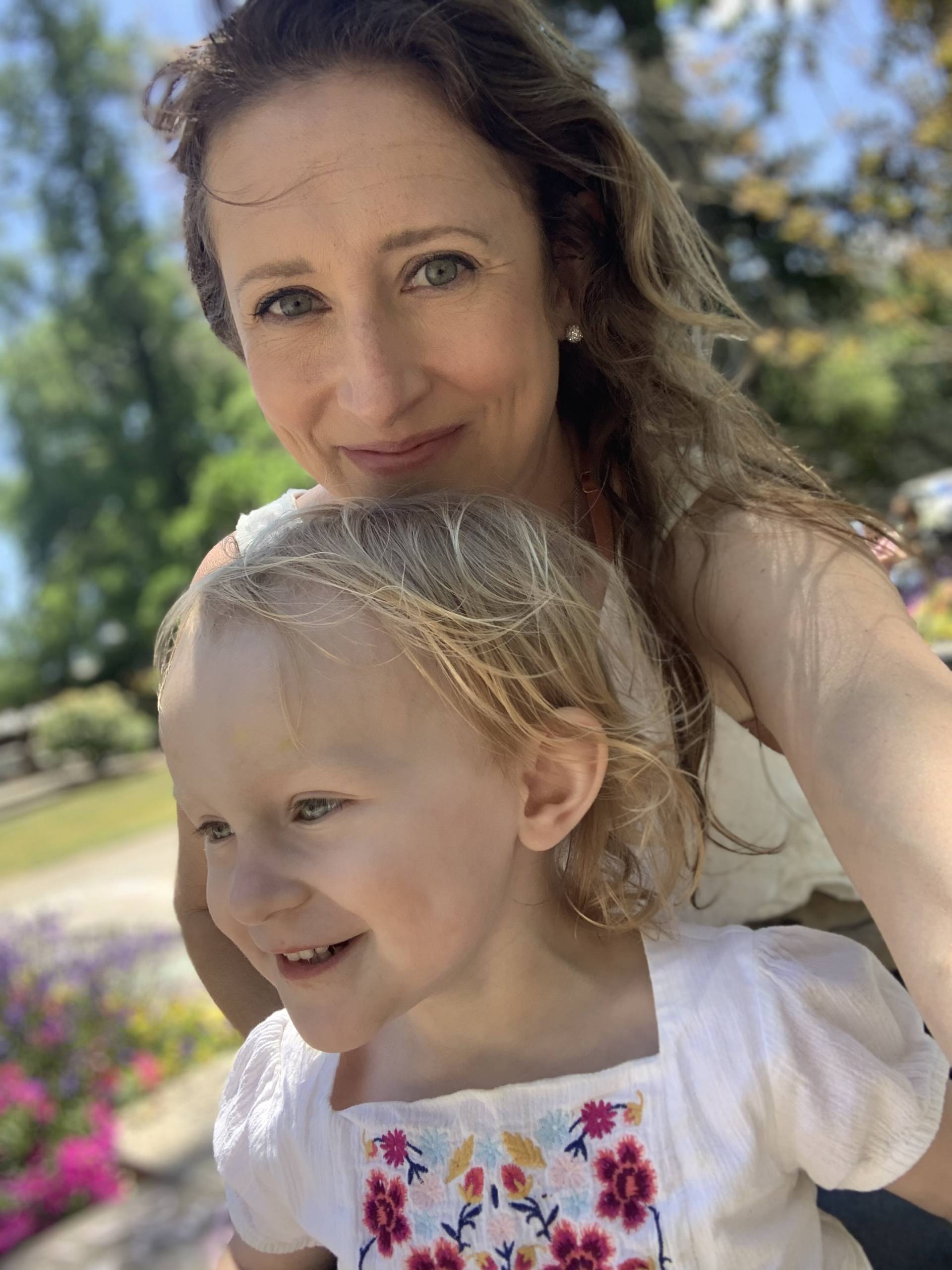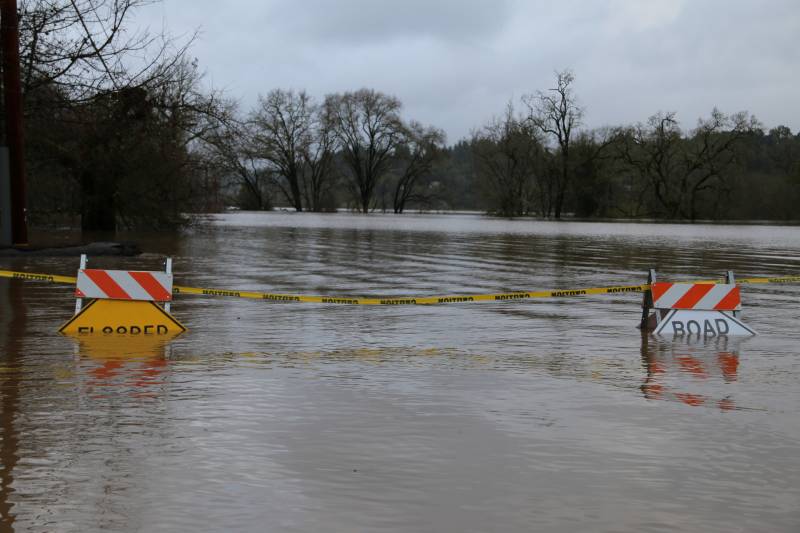The COP26 climate conference is underway in Glasgow, Scotland. Here in the Bay Area, KQED’s climate reporters are talking with locals who are working on solutions.
What are repeated climate-driven disasters doing to our minds, bodies and spirit? That’s the question four Santa Rosa Junior College Students set out to answer in the four-part podcast series “Chronic Catastrophe.”
Since 2017, six major wildfires have burned across Sonoma County, killing over 100 people and destroying tens of thousands of buildings. Half of county inhabitants have had to evacuate their homes due to wildfire threat. Months of bad air and public safety power shutoffs have become almost routine. The Russian River spilled over its banks in 2019 after soaking rains, swamping roads and flooding homes.

Lauren Spates produces the podcast and is a student and teaching assistant at the junior college. She spoke with KQED climate reporter Danielle Venton.
The following has been lightly edited for length and clarity.
You helped produce a podcast that was about climate driven disasters. What inspired that work?
The podcast is called Chronic Catastrophe. Living in Sonoma County was not easy the past five years. We see hellacious wildfire, but we’ve also lived through floods and through days of bad air, where [smoke from] fires from other places blows over us. We really wanted to think about [this idea]: What is it doing to us? There’s a lot of discussion about the economic and environmental impact of climate change, but there aren’t a lot of people talking about what it does to human beings and their the health of society. And we wanted to fill that hole.
What are you hoping to contribute to people’s understanding?
I hope that listeners start to grasp that climate change is something that is affecting everyone. Even if you don’t really live near California’s fires or by the coast, where the sea level is rising. Climate change affects even our cognitive function, the way we think as humans. It has really broad implications for the health of society as a whole.
What are you hoping will happen at COP26 that will affect the work you do?
I really hope that the U.S. and that other more developed nations will actually put some teeth behind what they’re talking about. I hope we start to walk the walk and not just talk the talk. It’s not enough. I mean, we really need to move away from fossil fuels and from coal. But you know, there’s also the individual level. There’s the idea that you think globally and act locally. What can you do on a day-to-day basis? It’s not only about what leaders around the world [are doing]. It’s about what we buy, how we spend, what we do each day. And we need to focus on that in addition to what happens in Glasgow.
Are there solutions to the issues that you care about that inspire you?
In the podcast, we talked to Linda Hopkins. She’s the the chair of the Sonoma County Board of Supervisors. She’s spoken a lot about building codes and what we need to do in terms of building in a sustainable fashion, but also building in a way that protects human beings from what is going to continue to happen with more devastating fires. We have to think about where we’re building. Are we building in burn scars? Are we allowing that to happen? It’s very complicated, right? The land is expensive. It’s at a premium in the Bay Area. How does local government manage that? Do you buy them out? What do you do? I hope there’s more clarity around that. That’s what’s going to matter most for my children and for who comes next. How do we change what our communities look like so that we can survive?

